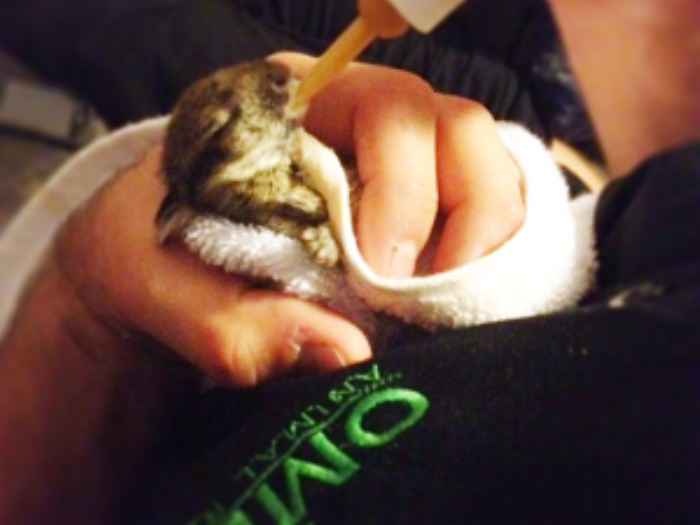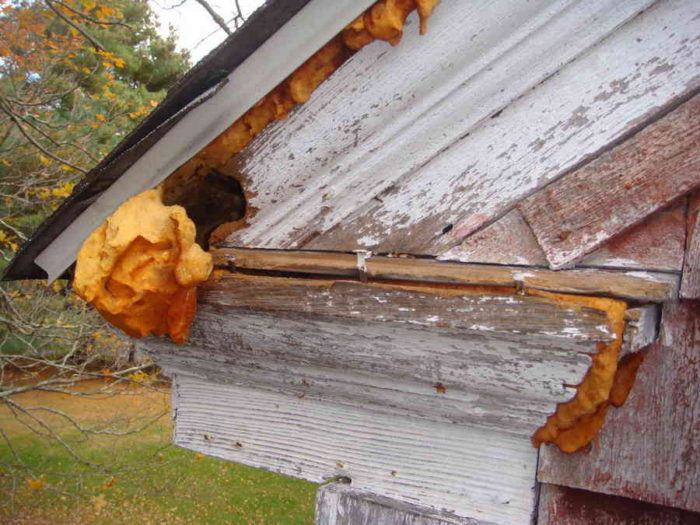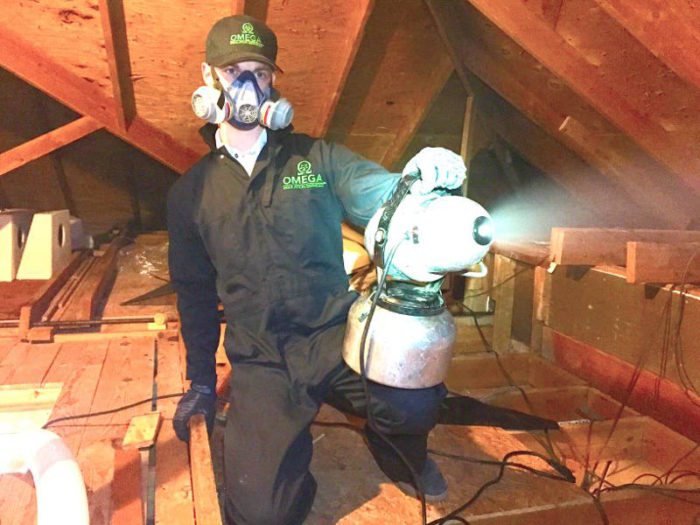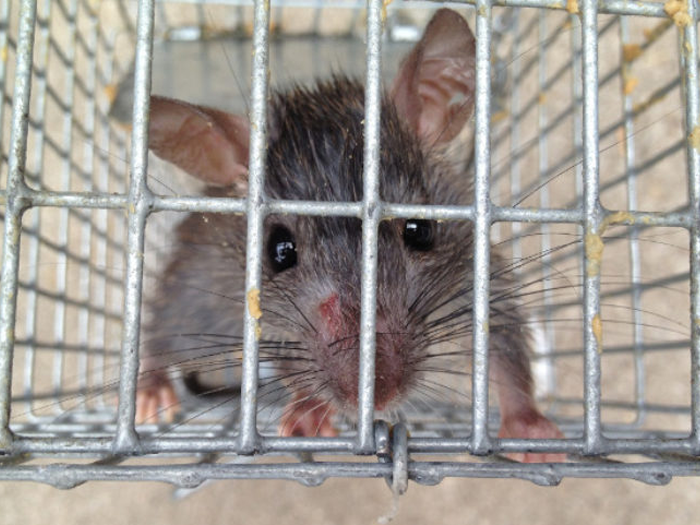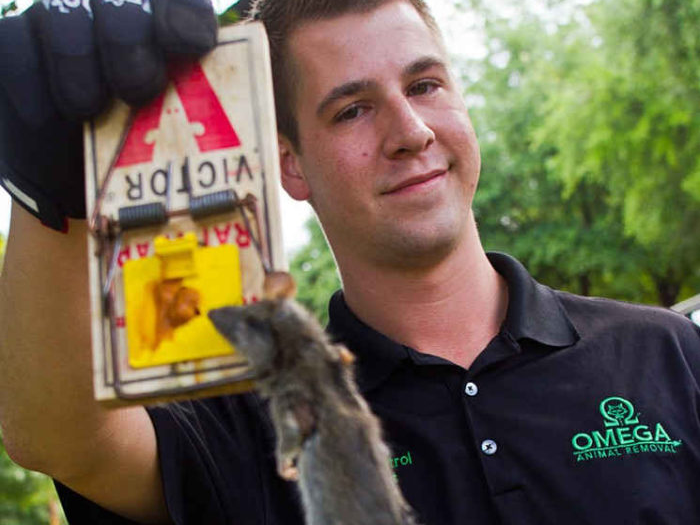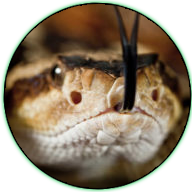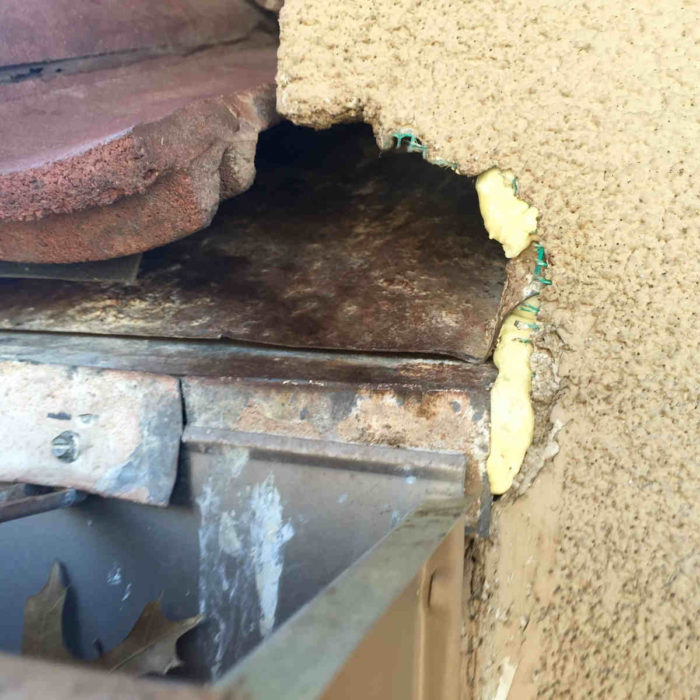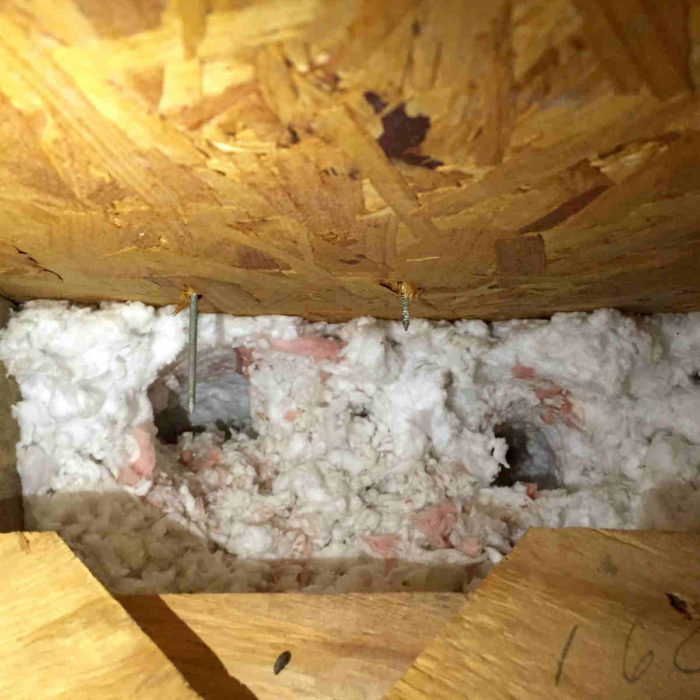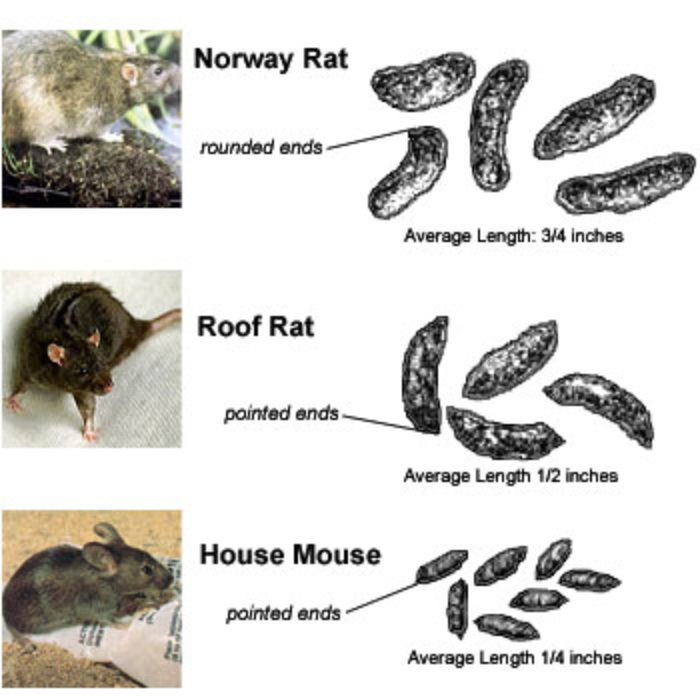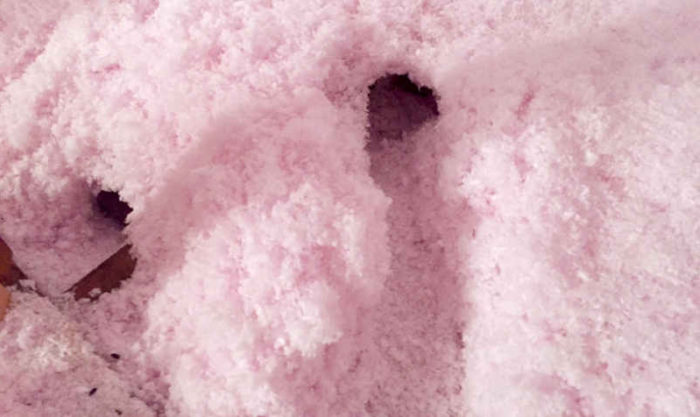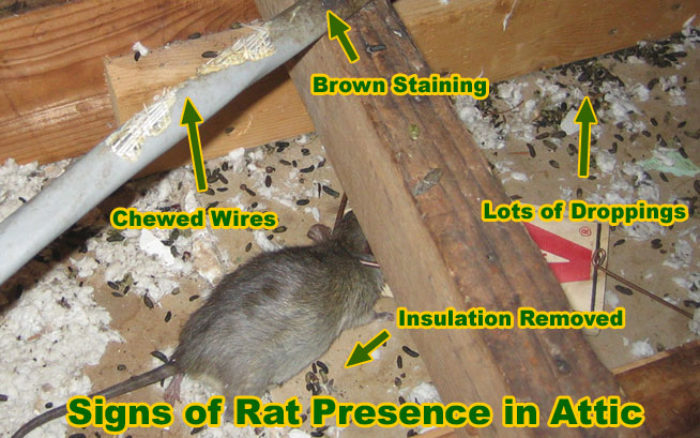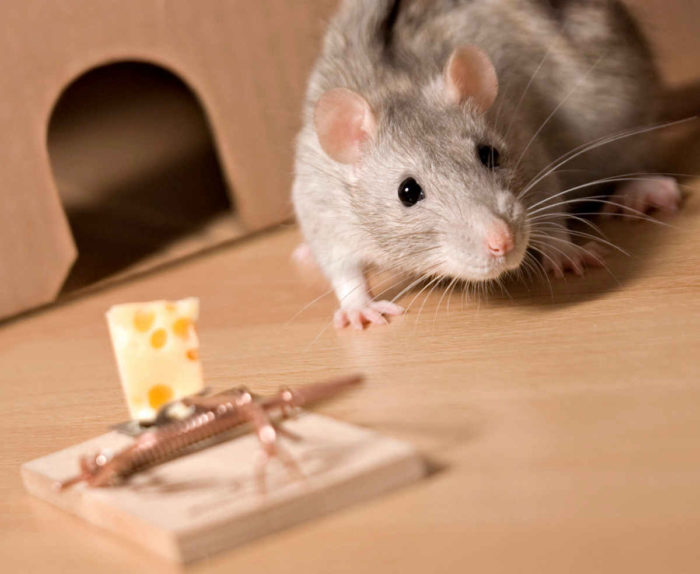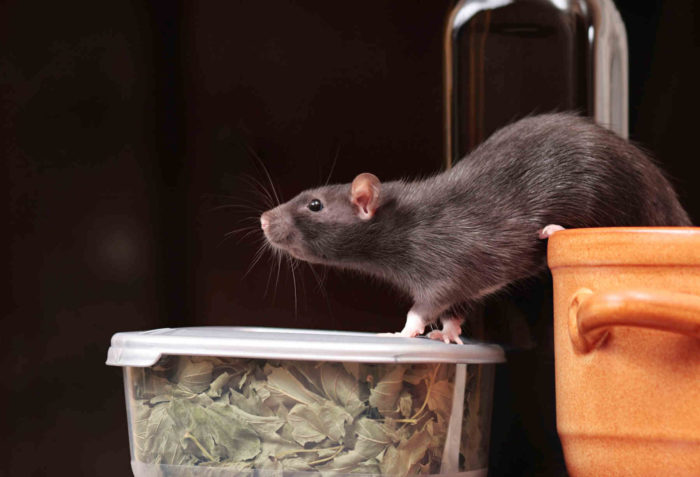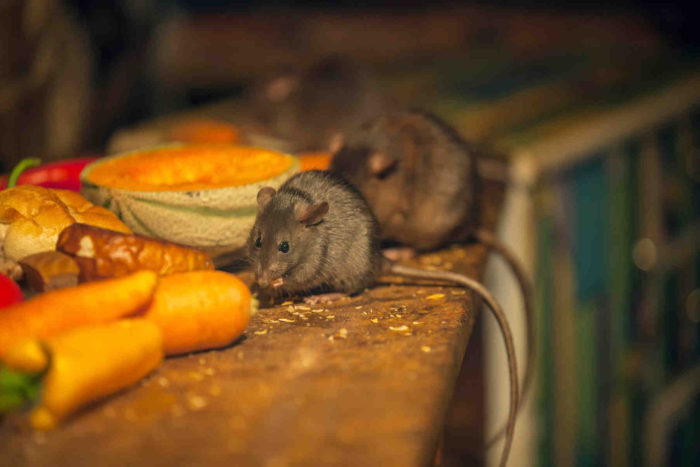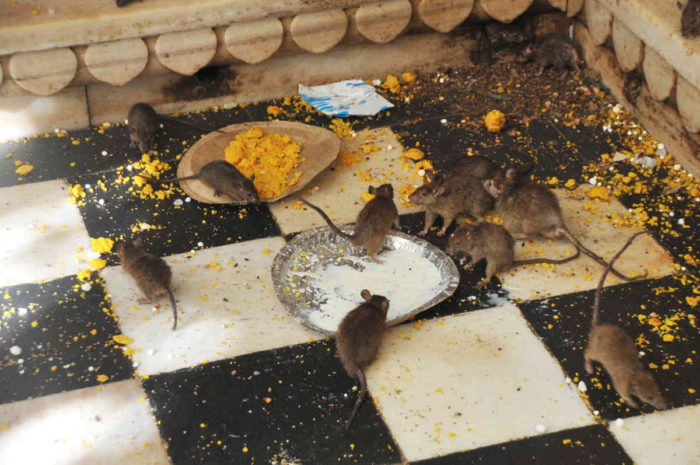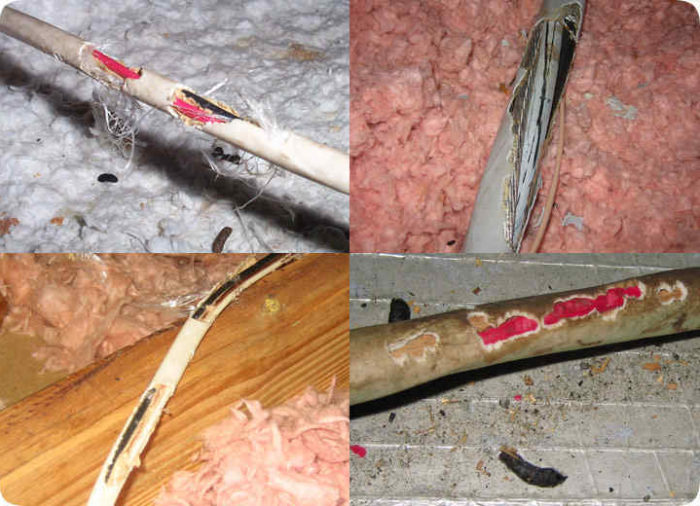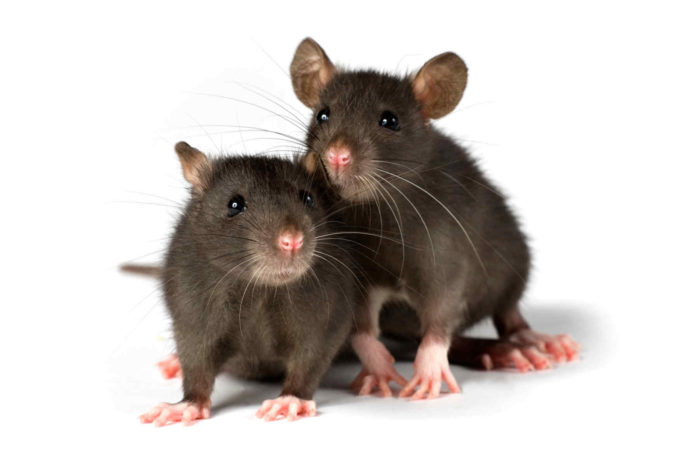RODENT CONTROL
RAT REMOVAL – RODENT CONTROL – RODENT REMOVAL – OMEGA ANIMAL REMOVAL
DALLAS, HOUSTON, AUSTIN
The Rodent Control Experts ™
Omega Animal Removal’s Rodent Control, Rat Control, Rodent Removal and Rat Removal Service
Dallas, Houston, Austin

Over the last few centuries, rats have become synonymous with disease, destruction, uncleanliness and a multitude of other negative, harmful issues. Most people learned in grade school that rats caused the spread of the black plague and in more recent times people have read stories in the news involving rats transmitting the Hantavirus through their urine, feces and saliva. Given these known instances, the realization that you have a rat infestation in your attic, walls and/or subfloors is an incredibly unnerving experience for even the most seasoned of homeowners. But don’t worry! Our Dallas, Houston and Austin Rodent Control Specialists are the best in the business and can resolve and remediate even the worst rat infestations from your attic.
While the likelihood of contracting any illness or disease from a rat infestation in your attic is extremely rare; it is imperative to properly and permanently resolve any sort of rat infestation that is plaguing your home. Not only can a severe rat infestation be a concern for your family; your home can be at risk once rats begin chewing on all of the electrical wiring in your attic. It is said that rats account for causing approximately 1 out of 3 house fires caused by faulty wiring that was damaged by these rodents.
Due to the dangers, risks and health concerns that accompany having rats in your Dallas attic, Omega Animal Removal decided to venture where no company has ever gone before and created specialized Rodent Control Division that consists of an expert team of Rodent Control Specialistsdedicated to permanently resolving rat infestations of any size, any complexity and in any type of setting. This has allowed Omega Animal Removal to break the molds of conventional rodent control, rodent removal, rat control and rat removal tactics and truly focus on not only eradicating the existing rat infection in your attic, walls, crawlspaces and/or subfloors. Our Dallas, Houston and Austin Rodent Removal Specialists have seen it all and have never faced a rat problem that we couldn’t handle.
You see, instead of setting one or two rat traps just inside your attic entrance and throwing handfuls of rat poison into your attic insulation and calling it a day; our Dallas and Houston area Rodent Control Specialists use a comprehensively developed 4-step rodent control process designed to resolve your current rat infestation, prevent another rat infestation from ever occurring again, decontaminate all areas affected by the rat infestation and set a plan in place to control the rat population around your home or business. We are so confident in our 4-step rodent control process that we proudly offer the only no-gimmick Lifetime Guarantee in the industry.
Omega Animal Removal is the fastest-growing Rodent Control Firm in Dallas, Houston and throughout the country! Our Dallas, Houston and Austin Rodent Removal Specialists are expertly trained to understand every aspect of rat behavior and rat biology. It is imperative that you call Omega Animal Removal the very second you suspect you are dealing with a rodent infestation. We can set up an immediate consultation with one of our Dallas Rodent Control Specialists and can start our 4-step process that day. Time is money when it comes to rat infestations, and getting the infestation under control immediately can ultimately save homeowners thousands of dollars in the long run.
Omega Animal Removal’s 4-Step Rodent Control Process | Dallas, Houston & Austin
Overview Of Omega Animal Removal’s 4-Step Rodent Control Process
When you setup a consolation with one of our Dallas, Houston or Austin Rodent Control Specialists, they will arrive in uniform and in a decal labeled work truck. After gaining a further understanding of what types of issues are concerning you, they will then go into your attic or crawlspace to identify evidence regarding the size, severity and level of contamination produced by your rat infestation. After discussing their findings with you, they will inspect the exterior of your home or business to identify every possible entry point that the rats are gaining, or could gain access through. Once they have gathered all of the information they need they will go over our 4-step process and a comprehensive plan that is tailor-made to fit your home’s and your family’s needs.
Omega Animal Removal’s 4-step process for resolving rat infections is a complex and detail oriented procedure. Our entire process typically takes anywhere from 2-4 weeks and is designed to eradicate the current rat infestation, ensure no other rats can find their way back into the infested area, decontaminate all areas affected by the rat infestation and control the population of rats living near the infested structure. Once we have completed our entire process we guarantee that you will not experience another rat infestation for as long as you own your home. It is the industry’s only no-gimmick Lifetime Warranty. If at any point you suspect that rat infestation is back, let us know and we will come back and take care of the issue again, free of charge.
Step 1 – Trapping and Removal of Rats
To start the resolution of your rat infestation, our Dallas, Houston or Austin Rodent Control Specialists will begin the trapping and removal of rats from your attic, walls, crawlspace and/or subfloor. Our rat trapping and removal process is designed to eradicate the current population of rats that have caused the infestation. We use live rat cages, instant kill snapping rat traps and rodent excluder valves to remove the rats from your Dallas, Houston or Austin attic. A lot of our clients explain that they, or their pest control company, have tried using rat traps and have had no success in catching them. This is a common problem because rats are food source dependent and will typically stick with a consistent food source, even when presented with different, or more tasty options. The only way to combat that, and what makes our trapping and removal so incredibly effective, is to close all possible entry points on the home while we trap and remove the rats from the home. This breaks them away from their food source and drives them directly to the traps that we have set or drives them to the excluder valves that we place on their main entry point allowing them to leave the attic through the valve, but not get back in through it.
Step 2 – Closing All Possible Entry Points (Full Home Exclusion)
The second part of our 4-step rodent control process is closing all possible entry points on your home, both on the roofline and at the ground level. This is the most critical part of our process and no detail can be overlooked. Our Dallas, Houston or Austin Rodent Control Specialists will identify and close all of the entry points that the rats are actively using, as well as all other areas on your home that are possible or future entry points as well. This allows us to completely protect your home and prevents rats from ever finding a way back into your attic, crawlspace, walls and/or subfloors. Our Rodent Control Specialists only use galvanized steel products and weatherproof sealants during our full home exclusion process. They will never use spray foam or other inferior, softer metal based products. Quality is everything when it comes to permanently keeping rats out of your attic. Our Rodent Control Specialists will also paint all of the visible exclusion work to exactly match the exterior color of your home. This ensures that the exclusion work that we do is virtually unnoticeable. We pride ourselves in the quality of our exclusion work and want to make sure that it looks incredible, while still keeping rats out of your Dallas, Houston or Austin area homes.
Step 3 – Attic Decontamination and Attic Restoration
When dealing with the aftermath of having rats in your Dallas, Houston or Austin attic, properly decontaminating your attic is an absolute priority. Rats urinate and defecate as they walk to create “scent trails” notifying other rats where to follow. So, in no time at all, your attic insulation rapidly becomes saturated with the rat urine and feces. This excrement builds up very quickly and can become dense and overwhelming in a very short period of time. The real issue with the rat urine and feces soaking into your attic insulation is that, when rats have been nesting in your attic, they often times run across your a/c duct work and will even chew holes directly into the ductwork. If the rats cause even the slightest damage or tears to your a/c ductwork, then you and your family can be exposed to potentially dangerous fungal spores that are released as the rat urine and feces begins to breakdown.
In addition to the rare, but possible, health concerns that come with having rat urine and feces in your attic; it is essential to eliminate the pheromones that the rats leave behind in their excrement. These pheromones are what attracts other rats to the area and is the main tool used to help colonies grow. If the rat excrement is not professionally removed, then other rats that are near your home and pick up on these pheromones and scent trails. When they lock onto these scent trails and pheromones in your attic, they will believe that your attic is a suitable nesting site and will begin to attempt finding their way into your attic. Since our Rodent Control Specialist will have closed all possible entry points on your home, these rats will normally not be able to find their way into your attic. However, the rats will begin to chew on the exterior of your home in an attempt to gain access and in rare circumstances we have even seen them chew through shingles, roof decking, tar paper and then gain access straight into your attic.
Omega Animal Removal uses two different types of attic decontamination procedures in Dallas, Houston and Austin. One of them is a complete attic decontamination and fogging treatment which includes applying a 5-series anti-microbial, anti-fungal, anti-microbial, anti-viral and anti-bacterial cleansing agent specifically designed to deodorize your attic insulation, as well as eliminate all pheromones and hazardous spores contained in the rat urine and feces. This fogging treatment is also designed to kill any fleas, mites, roaches and larva that are commonly brought into your attic by the rats.
The other is a full attic restoration and involves removing all rat urine, feces and nesting sites as well as all of your existing attic insulation. Once all of the contaminates and attic insulation are out of your attic, we will inspect your duct work and electrical wiring for any damages that may have resulted from the rat infestation. One of our Dallas, Houston or Austin Attic Restoration Specialists will repair any of the damage to your a/c duct work and will refer you to a trusted local electrician if there are any wiring concerns.
After addressing any possible wiring concerns we will then apply our same 5-series fogging treatment to your bare attic space to ensure every single crack, crevice and square inch of your attic is properly decontaminated. Then our team members from our sister company, Omega Insulation Services, will install brand new blown-in fiberglass insulation into your attic. We only use the highest quality fiberglass insulation on the market (Jetstream Ultra) and install the insulation to a R-38 value. This ensures that, not only is your attic properly decontaminated, but your home will also be more energy efficient and will save you money in the long run!
Step 4 – Population Control
As the final step in our rodent control process, we want to make sure that no other rats even consider touching your Dallas, Houston or Austin home. You see, after our Rodent Control Specialist has completed steps one, two and three, we know that there is no chance rats will find their way back into your attic or crawlspace. Rats will however always exist outside and they can cause damage to the exterior of your home, your landscaping, your gardens, your pool and even the wiring systems in your car. That is where population control comes into play.
Our Rodent Control Specialist will develop a long term population control strategy that involves place rodent bait stations around the perimeter of your home. These are the black boxes that you commonly see around almost every residential and commercial building around. The rodent bait stations are filled with a non-transferable rodenticide that will eliminate rats when they ingest it and is the only way to keep rats out of your yard and away from the exterior of your home.
Bait stations should never be used near a home unless one of our Rodent Control Specialists have closed all of the entry points around your home. If bait boxes are used before our first three process have been completed, you will end up with dead rats in your attic, walls, crawlspace, yard and everywhere that a rat can fit into.
Common Species Encountered By Omega Animal Removal’s Rat Control Specialists
Roof Rat (Rattus rattus)
The Roof Rat is one of the most common rats in the United States. Roof Rats are also referred to as black rats, as their bodies are covered in light black-brown fur. Typically, Roof Rats underbellies are a lighter color. Roof Rats are normally smaller in size, smoother and slightly more slender than the other common American rat, the Norway rat. Roof Rats are typically 7 to 10 inches in length with a long furless tail which is extremely long, often even longer than their bodies. Roof Rats have large ears, eyes and a pointed nose. The typical roof rat’s droppings measure roughly half of an inch in length and are pointed at the ends.
Roof Rats nest high in trees above the ground, in tall overgrown bushes, or in thick vegetation like ivy. The roof rat can, in some instances, be spotted at night, running along overhead utility cables or fence tops at surprisingly fast speeds. Rat removal is near impossible for inexperienced homeowners, because the Roof Rats can swiftly climb to incredible heights and vanish before the homeowners can see where they entered. Roof Rats typically access attics through the roof of the home (hence the name Roof Rat) via tree branches, wires or cables. The Roof Rats then normally stay in attics and travel down into your home’s walls, cabinets and ceilings. Roof Rats’ extensive and incessant chewing, nesting and breeding can cause monumental damage to your attic and/or home. Roof Rat control and rodent control is crucial, and must be done at the first signs of rat infestation. As a side note, Roof Rats are particularly fond of citrus fruits and avocados. Omega Animal Removal always recommends an annual rodent control inspection for your home and attic.
Norway Rat (Rattus Norvegicus)
The Norway Rats are a common group of rats in the United States, much bigger and slower than Roof Rats. They are highly adaptive, do well in various human habitats and can survive well even in densely populated cities. Norway rats are also referred to as sewer or brown rats. They have bulky bodies covered in coarse brown-gray fur. The Norway Rat can weigh up to 1 pound and measure between 10 to 18 inches in length. These rats have slightly shorter tails measuring between 4 to 8 inches long. Their eyes and ears are smaller than those of the Roof Rats, and their noses are flat. Norway Rat droppings are in the shape of blunt capsules and measure nearly 3/4 inch long.
Norway rats are burrowing rats and often live in basements, sewers and crawlspaces when they invade people’s residences or other buildings. When they are not inside the buildings, they can always be found nesting in burrows underground. These are typically found along foundations of buildings, under piles of wood or rubbish, and in damp areas adjoining tree roots. Their burrowing activities can be dangerous for man-made constructions, as it can weaken the foundations. They gnaw on all types of material, including soft metals like lead and copper. They also chew on plastic and wood. Norway rats depend on water for drinking and often colonize places near water sources for that reason. These rats are less agile but are good swimmers.
House Mouse (Mus Musculus)
The Mus musculus prospers under a wide variety of conditions within and around people’s homes or places of business. They are generally light gray or brown in color, with lighter underbellies, that differ in intensity from one species to another. Their noses are pointy, they have small eyes, long tails and slightly large ears. The majority of house mice measure between 3 to 4 inches long, with their droppings rod-shaped and pointed on either ends. The mouse often fears the cold and may be attracted to residences in search of warmth during the winter or cold seasons.
The mice feed on a variety of food supplies within the homes, particularly leftovers. They stay in quiet spaces and may use things like insulation and strings to construct their nests. Outside, mice generally feed on grains, seeds, nuts and sweets. Their senses of hearing, taste, touch and smell are very sharp. As with all rodents, the Mus musculus is magnificent when it comes to climbing, able to climb any coarse vertical surface. House mice often contaminate surfaces where food is prepared with their feces or urine. These feces can often contain food poisoning bacterium (salmonellosis). They also constantly gnaw and damage property and structures.
Signs That You Have a Rat Infestation in Dallas, Houston, or Austin
Droppings
Rats leave their droppings scattered all around their pathways and all throughout . The amount of rat droppings found through out your attic, crawlspace, walls, house, or commercial building gives Omega Animal Removal’s Rodent Control Specialist a clear indication of whether you are dealing with a rat infestation. Rat feces, regardless of the species involved, are always dark in color and have a slight “wet” sheen when fresh. Rat droppings can also be found in groupings or singularly depending on the species. Over time, rat droppings change their color to more of grey hue and develop a brittle consistency. A sure way to identify a long term rat infestation is discovering both dark black “wet” excrement in conjunction with grey brittle excrement in the same general areas.
Urine
Unpleasant and greasy stains or trails of urine appearing on baseboards and walls is another indication that rats are present inside your home or attic. The stains are usually a result of the mixing between their natural oils and the dirt on the rodent’s fur, caused when it rubs against the surfaces, as they travel on these surfaces or as they force their way through narrow spots. Little stains are often caused by mice while larger ones are left by rats. Urine stains from rats are commonly found on bare drywall in your attic, after all of your insulation is removed. Rat urine can also be discovered in puddles on the floors or counters if your rat infestation has extended from your attic into your home.
Gnawing
If you notice evidence of gnawing on any type of material including plastic, wooden materials or cables then you can be nearly certain that there are rats around in your attic or on your property. Rats will often gnaw through the materials on the exterior areas of your home, including wood, soft metal, PVC pipes, roofing shingles or plastic vents to gain entry into your attic or home. Therefore, if you see any type of chewing, gnawing or bite marks on the exterior of your home or office, it is imperative to call Omega Animal Removal to do a thorough inspection of your attic, crawlspace and home.
Directly below your kitchen sink is another strategic spot to look for rat infestation evidence. Rats will likely rush to this area in order to take advantage of any leaks in your plumbing lines, as a source for water. Rats may also chew through plastic pipes containing running water. This applies to all other plumbing lines in your home, the laundry and bathroom included. Therefore, it is important to inspect the areas surrounding water pipes or faucets for the presence of rat feces, urine, grease marks or chewing.
Noises in Your Attic
The number one way that Omega’s clients discover they have a rat infestation is by hearing the rats running on the drywall, chewing beams in their attic or squeaking sounds above them as they sleep at night. Rats are nocturnal and are therefore mostly active between midnight and 4am. It is common for homeowners in Dallas, Houston and Austin to miss the noises created by a rat infestation, considering that the sounds they produce are in the middle of the night when you are sound asleep. Occasionally, the noises can become so disruptive that they keep homeowners awake at all times throughout the night.
Nesting Sites
Rats prefer spaces with warmth and those are the places where they will often construct their nests. This is one of the main reasons that rat infestations occur in the attic. Attic insulation makes for a very nice breeding area since it is fluffy, warm and easily retains pheromones. Boxes, dressers and cabinets are areas that rats will begin nesting once they find their way into the interior of your home. Old computer casings, car engine blocks and outdoor grills have been found as strategic spots for rat nesting too. Rat infestations can occur anywhere in your attic, home or around your property. The key to preventing, or eliminating, a rat infestation is to make sure your attic, home and property are the least desirable areas for them to feel comfortable and safe breeding and nesting. Rats occasionally nest inside of kitchen appliances. This can be in or around stoves, dishwashers and refrigerators. These areas are warm and hard to access, so rats will not hesitate to take advantage of them.
Behavior of Your Pets
The presence rats in your attic, home, crawlspace or business will likely cause nervousness among your household pets. Your dog or cat may stand motionless, listening intently to some sounds or even pawing at walls and baseboards. Such animal behavior should call your attention to the potential presence of rats.
Rat Trails
Rat trails can easily be seen in dusty areas, such as attic insulation, on HVAC ductwork and attic floor decking. The rat paw prints may be less visible in open spaces but may be more visible on boards and walls where dust has accumulated. Checking for rat infestation signs should not only be limited to inner spaces. Some rat species are fond of plants and fruits. These should be checked for any signs of the rodents’ presence. You are likely to find greasy spots on the tree trunks left while the rats run around. Signs of chewing on these plants will also indicate a rodent infestation. Check the surrounding soils as well for any evidence of rat feces. In homes where there are outside grain storage structures, rat signs are likely to be found within and around them.
Rat Behavior 101
Rats are classified as a rodent species, which is a species of animals that can be found all over the globe. All rodents are warm-blooded creatures, just like humans. Rats can readily adapt to a variety of climates and conditions. They commonly take up residence within and/or around people’s homes, attics, crawlspaces, farms and gardens. Your home provides rats with nearly predator-proof shelter and access to food and water sources.
All rodents are notorious for gnawing and chewing on a wide variety of objects. They use their front teeth, which are larger and more prominent, than those of other mammals of their size. The reason that rats are so incredibly destructive inside of residential attics, in crawlspaces and on commercial properties is because, like all other rodents, their front teeth don’t ever stop growing. If rats did not continue to chew on any and all materials at their disposal, their front teeth would eventually grow through their bottom lip and cause an often-fatal injury. Due to their fast metabolism, rats are unable to live more than a few days without food, and an injury to their mouth would cause near certain death.
Rats will eat almost anything that is not metal or rock, but they mostly prefer any kind of nuts, acorns, fruits, grains and meat. Rats can consume almost 10 percent of their body weight in food every day. Rats have an average lifespan of about one year; however, it may be extended much longer if given ideal living conditions.
Rat removal and other rodent control are essential services provided by Omega Animal Removal. Truthfully, rats are dangerous animals, not just because of their appetite for destruction can costs homeowners tens of thousands of dollars if left untreated, but also because they can contaminate food and water supplies, breathable air when burrowing into attic ventilation systems, and transmit diseases to humans and other animals.
Rats prefer spaces with warmth and those are the places where they will often construct their nests. This is one of the main reasons that rat infestations occur in the attic. Attic insulation makes for a very nice breeding area since it is fluffy, warm and easily retains pheromones. Boxes, dressers and cabinets are areas that rats will begin nesting once they find their way into the interior of your home. Old computer casings, car engine blocks and outdoor grills have been found as strategic spots for rat nesting too. Rat infestations can occur anywhere in your attic, home or around your property. The key to preventing, or eliminating, a rat infestation is to make sure your attic, home and property are the least desirable areas for them to feel comfortable and safe breeding and nesting. Rats occasionally nest inside of kitchen appliances. This can be in or around stoves, dishwashers and refrigerators. These areas are warm and hard to access, so rats will not hesitate to take advantage of them.
A rat Infestation should never be taken lightly. If you suspect you may be dealing with a roof rat infestation in your attic, crawlspace or commercial building, it is imperative to have one of Omega Animal Removal’s Rodent Control Specialists assess your rat situation and ensure proper treatment of the rat infestation.
Always remember that rats are cautious by nature and do not always go straight to the rattraps that you set inside you home or attic. It takes the licensed and trained professionals at Omega Animal Removal to actually trap, exclude, and remove rats from your home. Our Rodent Control Specialist’s understanding of rat and rodent behavior allows them to fully solve the rat infestation plaguing your attic, home or business.
Diseases Transmitted by Rats
Rats carry a variety of diseases dangerous for humans and pets— diseases that can be transmitted either by bites and scratches or by inhaling the contaminated air. Leptospirosis (also known as field fever) is spread via rat urine, and can cause severe health problems to humans, such as liver and kidney damage. You don’t need to come in direct contact with a rat’s urine to be affected by the disease either. Leptospirosis can also be contracted through inhalation or through the handling of the scat. Once it has affected you, Leptospirosis can have serious complications, such as cardiovascular problems, or kidney and liver failure. These heath concerns posed by the presence of rats in a house makes it essential for the homeowners to contact a rat removal and decontamination specialist to get rid of all the debris and bacteria.
Another rodent-borne infectious disease is Lymphocytic choriomeningitis or LCM. This particular disease is stems from the urine and saliva of the rats, and can have a serious long-term impact on some humans. Unfortunately, this disease is even more dangerous for pregnant women; it can cause complications such as hydrocephalus or even mental retardation. The symptoms of a LCM infection can appear in a time window of 8 to 13 days after the exposure. Symptoms include headaches, nausea, muscle aches, lack of appetite, fever, chest paint, sore throat, joint pain.
When it comes to rodent-borne diseases, one of the most known diseases throughout history is the bubonic plague, or commonly referred to as the Black Plague. This disease is transmitted through fleas from rats and through rat bites. In the Middle Ages, the Black Plague was caused by fleas carried by rats. The bubonic plague infestation remains in history as one of the most atrocious disease-related event.
Hantavirus
Hantavirus, named after the Hantan River in South Korea, is a severe, sometime fatal diseases in humans, but does not affect its carriers, the rats. Cotton rats or rice rats usually transmit the virus. The other two most common types of rats, the Norwegian rat and the Roof rat do not carry the Hantavirus. This particular virus is contracted very easily, as humans can get is by simply inhaling the airborne particles from rodent urine, carcasses or droppings. With complications as severe as death, this respiratory disease can be often mistaken for the flu in its early stages, because of the breathing difficulties.
Precautionary measures related to the Hantavirus include the removal of all rat feces, nest sites and remains of dead rodents from your house. Since the virus becomes airborne easily, another important step is to properly decontaminate all the spaces that were touched by the rats with a hospital-level disinfectant. All these steps should be taken while wearing adequate equipment and it is best to be performed by rat removal specialists. After the rats are removed and the areas are sanitized, all houses and buildings need to be ventilated.
The Hantavirus is not transmitted by all types of rodents, only deer mice, cotton rats, rice rats and white-footed mice are known as carriers. Regardless of this information, you should proceed with caution around all species of rodents, and treat a rodent infestation wisely, preferably with the help of rodent removal and control specialists.
Fleas Carried By Rats
The oriental rat flea (scientifically known as Xenopsylla cheopis) is a small parasite carried by rodents, mostly on rats. The fleas feed on their blood and spread diseases. The rat fleas carry a wide number of dangerous diseases, and are the primal cause of the bubonic plague (the Black Plague). If in the case of other rodent-related diseases, humans won’t be infected by breathing the air where the rodent infestation exists. Instead, the infection is contracted by the bites of a flea that came from an infested rodent.
Rat flea bites can cause a permanent and quite disturbing itch that gets more severe with time, especially if it is scratched. The oriental rat fleas carry diseases such as the bubonic plague or the endemic typhus, and, even though rare in the United States, these diseases can have serious complications to humans.
In terms of precautions, it is recommended to regularly trim the weeds and lawn in your garden, and don’t keep large piles of sand on your property for too long. By removing the flea’s favorite breeding grounds, you can prevent infestations. As for rodent infestations, the best possible course of action is to contact a Omega Animal Removal. We’ll devise the best plan to remove the animals from your property.
Rat Facts and Risks Associated With a Rat Infestation in Dallas, Houston, and Austin
Rats are a highly social species, and genuinely enjoy the company of other rats.
A rat can go without drinking water for long period of time, sometimes even longer than camels, if necessary.
When they play together, rats make specific sound that show their happiness.
Rats always remember all of their navigation routes.
The rat groups are very protective and helpful towards other members, and always take care of the sick or injured rats.
Rats rely on their whiskers to help them get a sense of their surroundings.
Rats spend more than 70% of the day sleeping.
All rat species present a wide variety of health and other related risks. In addition to the damage they cause to items by chewing, the rodents also expose the pets and the people living inside the house to the danger of contracting the viruses spread by the rats. Their feces and urine can cause severe food and water contamination. The rodents also have fleas and mites which can always jump on to your pets, and even on family members.
A variety of serious ailments are readily communicable from rats to pets and humans.
Another serious risk associated with the rodents is their tendency to chew on electrical wiring. This may usually be a serious source of structural fires, and should always be taken into consideration when conducting a rat removal and rodent control operation.
Rats gnaw both to wear their incisors down and to reach for food. They may chew plastic or metallic containers to access the food inside them, contaminating and damaging the food for humans at the same time.
Rats also chew through structures to create or expand their nesting sites. They cause considerable damage to baseboards, walls, roof rafters, ceilings, subflooring and structural beams.




